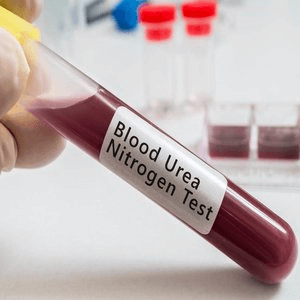BUN Full Form | What is Blood Urea Nitrogen
What is the full form of BUN
BUN: Blood Urea Nitrogen
BUN stands for Blood Urea Nitrogen. It refers to the blood urea nitrogen test, which is also known as serum BUN test. This test is used to measure the level of waste products (urea nitrogen) in your blood. If the levels are off the normal range, either your kidneys or liver is not working properly. So, it is mainly used to determine how well your kidneys are working. Let us see how it does this:

The test measures the amount of urea nitrogen in the blood. Urea nitrogen is produced by the Liver as a waster product when our body breaks down proteins. It is filtered out by the kidneys and then it is expelled from the body through urine. The BUM level increases when the kidney or liver is damaged or not working properly as a damaged kidney could not filter or separate the urea nitrogen from the blood. Eventfully it is not expelled from the body through urine and there will be too much urea nitrogen in the blood, an indication of a damaged kidney.
Normal BUN Levels:
- Healthy adult man: 8 to 20 mg of urea nitrogen per 100ml (8-20 mg/dL) of blood.
- Healthy adult woman: 6 to 20 mg of urea nitrogen per 100ml (6-20 mg/dL) of blood.
- Children: 5 to 18 mg of urea nitrogen per 100ml (5-18 mg/dL) of blood.
Some key factors that may cause an increase in the BUN are:
key factors- High protein diet
- Decrease in Glomerular filtration rate (GFR)
- Decreased blood volume (hypovolemia)
- Congestive heart failure
- Gastrointestinal hemorrhage
- Increased catabolism
Besides, kidney failure or diseases, BUN test also helps diagnose various medical conditions:
- Malnutrition
- Dehydration
- High protein levels
- Urinary tract obstruction
- Congestive heart failure
- Gastrointestinal bleeding